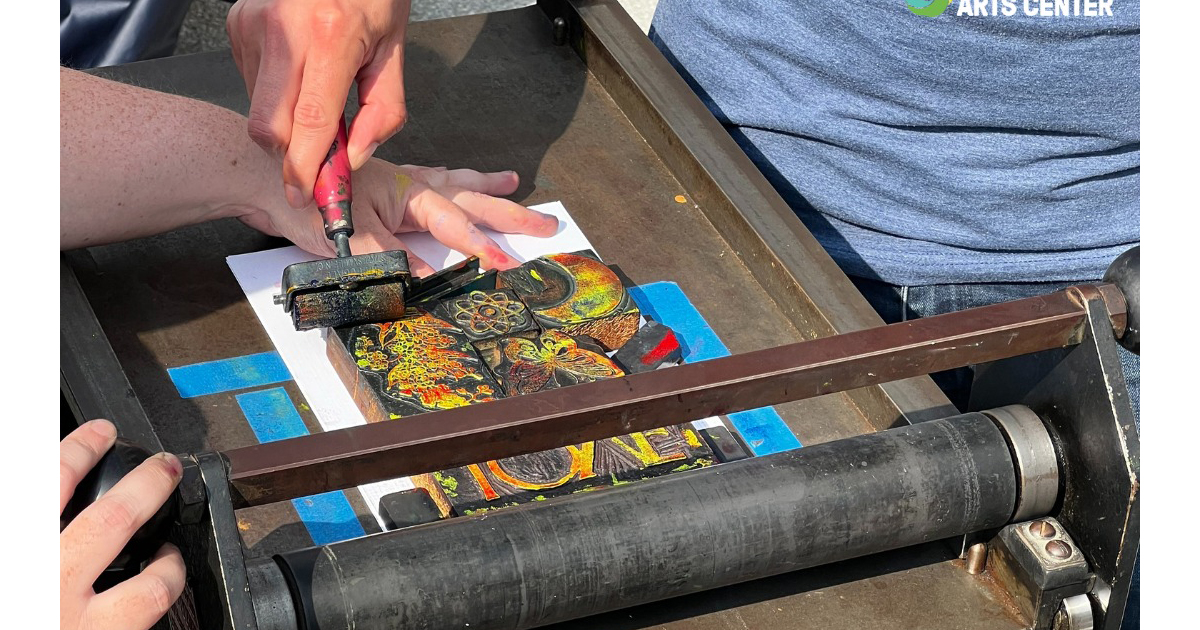If you consider yourself traditional when it comes to photography and other visual arts, Dr. Cheryl McKeiver, executive director of the Flower City Arts Center at 733 Monroe Avenue in Rochester invites you to the center for a visit. What initially started as an area for pottery work has evolved into an educational center that offers a variety of visual arts classes and programs.
“The Flower City Arts Center is designed to be the center that local youth go to first before visiting larger art centers like The Guggenheim Museum in New York City,” says Dr. McKeiver. “This is where people start to pursue their interest in learning more about visual arts.”

Mind healing, creativity, and innovation. These are some of the benefits that come from experimenting and working with the visual arts like drawing, painting, ceramics, and photography. The emotional benefits of participation among youth have become evident to staff at the Flower City Arts Center.
“In our teen classes, we are their mentors, their saving grace when they come to us on a Friday evening. We discuss the challenges they’re facing because of violence in our community and we have them express themselves in the form of art.” Dr. McKeiver
The Flower City Arts Center focuses on three areas of visual arts: ceramic, photography and digital art, and printmaking and book art. In addition to its historical presence in Rochester, Dr. McKeiver shares that participants will also find several unique offerings here.
“We still use black and white film.” Dr. Cheryl McKeiver, Executive Director, Flower City Arts Center
“We have the third largest font collection! We also have a letter press so you can use those fonts to create your own business cards, thank you notes, inking, and many other things.”
Black and white film is also popular here and it gives students the opportunity and ability to develop and print their film. Dr. McKeiver shares that a lot of artists are still using black and white film.
Collaborating with community partners is also important for staff and students at Flower City Arts Center as it can help introduce people to unique experiences and opportunities. Recently, the visual arts center hosted an exhibit at a local college and collaborated with organizers of the Clarissa Street exhibit to capture the essence of that project.
“We arranged and brought in older individuals to be interviewed by our students who then took their pictures and developed those pictures right here. They also put the pictures in a nice frame bringing joy to everyone involved in the process.”
The project was a learning experience for everyone recalls Dr. McKeiver, “History isn’t always from a history book, it’s also from your elders.”
To learn more about the Flower City Arts Center, visit flowercityarts.org.
